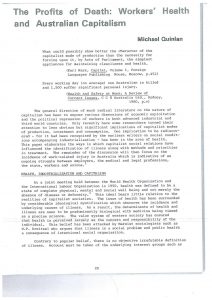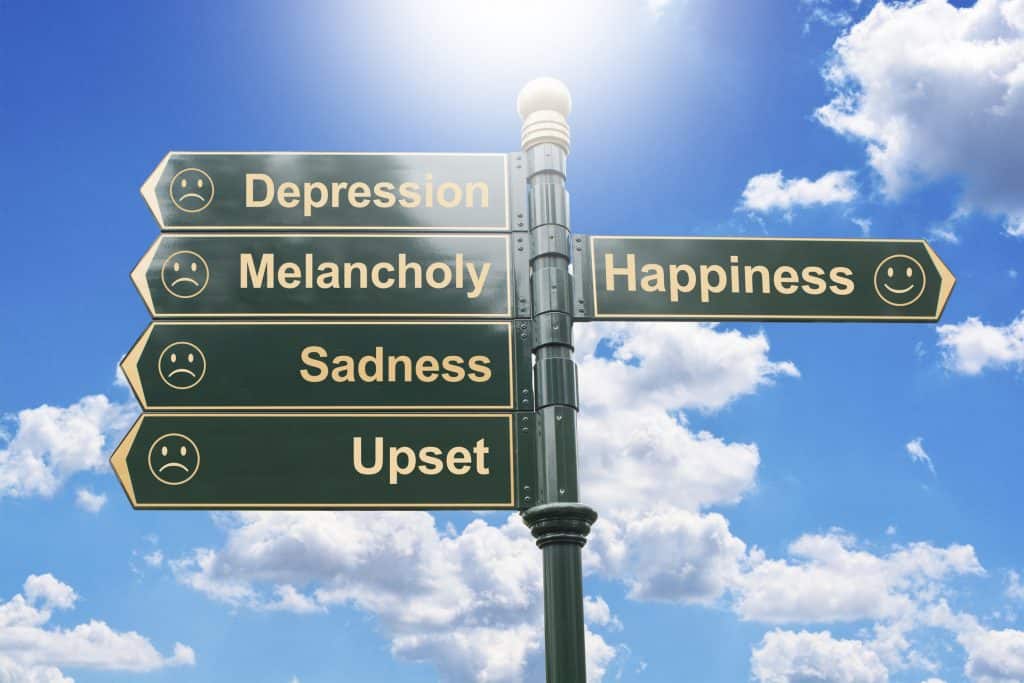
Having been born in the north of England, I enjoy watching movies and TV shows from there, even though I need subtitles sometimes. As a child watching Ken Loach’s film Kes for school, I thought that I could easily have been that kid standing in a cold muddy soccer pitch on an estate not far from our commission house. (I have been told our previous house was demolished because it was in a block of slums) So Loach’s latest film sounded interesting and given that it depicted life in the precarious and “gig” economy, I recently joined the hundreds in the audience at the Melbourne International Film Festival to watch “Sorry We Missed You”.
I really enjoyed the film but found the story very upsetting. It’s taken me almost a week to starting writing this article and the trailer still makes me cry, so I am split on whether to recommend you see the film.
Continue reading “Caution. Misery (and Enlightenment) Ahead.”
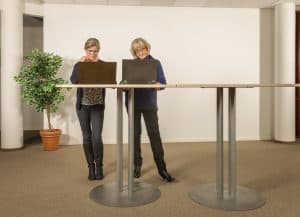 The
The 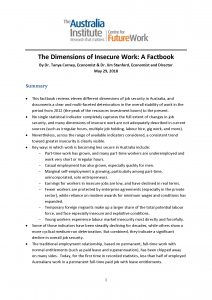 The Australia Institute
The Australia Institute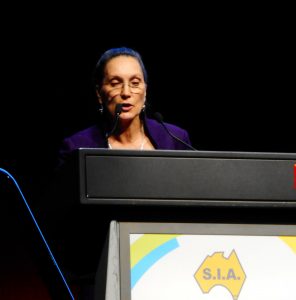
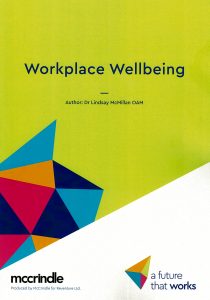
 On 1 June 2015 Australia’s Radio National broadcast a discussion about the
On 1 June 2015 Australia’s Radio National broadcast a discussion about the 